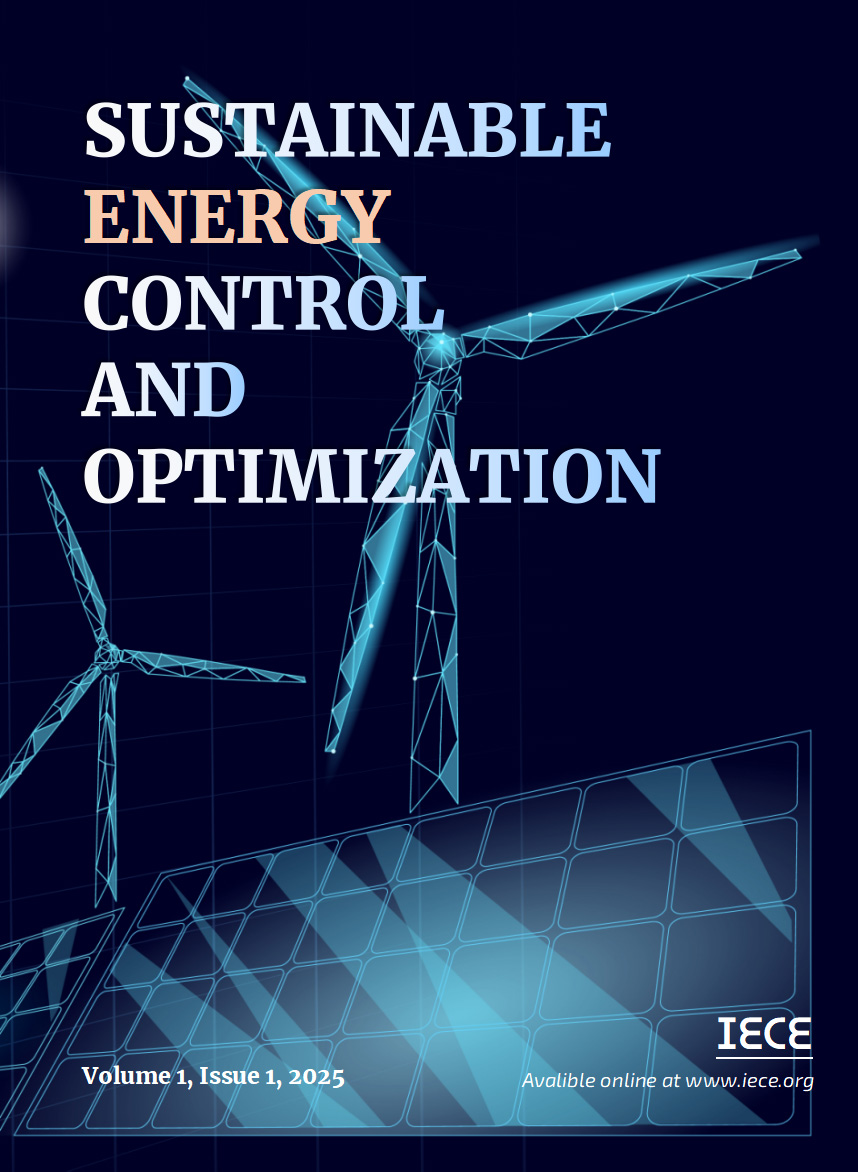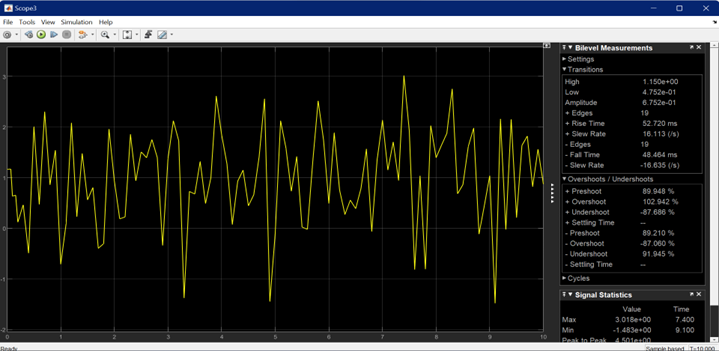Abstract
In the modern era, the development of renewable energy technology has rapidly advanced, and one key approach to improving technology is through system optimization. System optimization involves solving problems to achieve the best possible conditions, resulting in maximum or minimum values for system performance. In the context of DC motors, optimization aims to reduce the initial peak in motor current when the motor is started, ensuring smoother and more efficient operation. Various optimization techniques can be employed, with two commonly used circuits being the Linear Quadratic Regulator (LQR) and the Linear Quadratic Tracking (LQT). Both methods are designed to improve system performance by controlling motor behavior, but they differ in their approach to dynamic feedback and tracking error. This paper explores these circuits, using a BN12 type DC motor as a case study, to illustrate how LQR and LQT can be applied to minimize startup current peaks and enhance motor control. Through simulation and analysis, the study demonstrates how each circuit contributes to achieving optimal performance in DC motor systems. The results highlight the potential of these optimization methods in improving the efficiency and longevity of DC motors, particularly in renewable energy applications where motor performance is crucial. This research aims to provide insights into the practical applications of LQR and LQT for optimizing DC motor systems in various technological fields.
Data Availability Statement
Data will be made available on request.
Funding
This work was supported without any funding.
Conflicts of Interest
The authors declare no conflicts of interest.
Ethical Approval and Consent to Participate
Not applicable.
Cite This Article
APA Style
Eviningsih, R. P., Nugraha, A. T., & Sobhita, R. A. (2025). Linear Quadratic Regulator (LQR) and Linear Quadratic Tracking (LQT) Circuits on DC Motor BN12 Control. Sustainable Energy Control and Optimization, 1(1), 10–19. https://doi.org/10.62762/SECO.2025.439281
Publisher's Note
IECE stays neutral with regard to jurisdictional claims in published maps and institutional affiliations.
Rights and permissions

Copyright © 2025 by the Author(s). Published by Institute of Emerging and Computer Engineers. This article is an open access article distributed under the terms and conditions of the Creative Commons Attribution (CC BY) license (
https://creativecommons.org/licenses/by/4.0/), which permits use, sharing, adaptation, distribution and reproduction in any medium or format, as long as you give appropriate credit to the original author(s) and the source, provide a link to the Creative Commons licence, and indicate if changes were made.


 Submit Manuscript
Edit a Special Issue
Submit Manuscript
Edit a Special Issue

 Copyright © 2025 by the Author(s). Published by Institute of Emerging and Computer Engineers. This article is an open access article distributed under the terms and conditions of the Creative Commons Attribution (CC BY) license (https://creativecommons.org/licenses/by/4.0/), which permits use, sharing, adaptation, distribution and reproduction in any medium or format, as long as you give appropriate credit to the original author(s) and the source, provide a link to the Creative Commons licence, and indicate if changes were made.
Copyright © 2025 by the Author(s). Published by Institute of Emerging and Computer Engineers. This article is an open access article distributed under the terms and conditions of the Creative Commons Attribution (CC BY) license (https://creativecommons.org/licenses/by/4.0/), which permits use, sharing, adaptation, distribution and reproduction in any medium or format, as long as you give appropriate credit to the original author(s) and the source, provide a link to the Creative Commons licence, and indicate if changes were made. 